When we talk about healthy mango recipes, we are referring to recipes that incorporate mangoes into dishes in a way that enhances their nutritional value and supports overall health and well-being. Healthy mango recipes focus on using fresh, ripe mangoes and combining them with other wholesome ingredients to create dishes that are balanced, nourishing, and flavorful.
Table of Contents
Is eating mangoes a good fruit choice?
Yes, mango is a healthy fruit to eat. It is not only delicious but also offers several health benefits. Here are some reasons why mangoes are considered a healthy fruit:
- Nutrient-Rich: Mangoes are packed with essential nutrients, including vitamins A, C, E, and K. They also contain a good amount of folate, potassium, and several B vitamins.
- Antioxidant Powerhouse: Mangoes are rich in antioxidants, such as mangiferin and quercetin, which help protect the body against oxidative stress and reduce the risk of chronic diseases.
- Fiber Content: Mangoes are a good source of dietary fiber, which aids digestion, promotes bowel regularity, and helps keep you feeling full, which can be beneficial for weight management.
- Eye Health: Mangoes contain high levels of beta-carotene and vitamin A, which are essential for maintaining good vision and promoting eye health.
- Immune System Support: The vitamin C content in mangoes helps support a healthy immune system and boosts the body's ability to fight off infections and diseases.
- Skin Health: The antioxidants and vitamins in mangoes contribute to healthy skin by promoting collagen production and protecting against damage caused by free radicals.
- Heart Health: Mangoes are low in saturated fat, cholesterol, and sodium, making them heart-healthy. The fiber, potassium, and vitamin C in mangoes also support cardiovascular health.
- Hydration: Mangoes have a high water content, making them a hydrating fruit option during the summer months.
Ripe Mango vs Unripe Mango
Ripe mangoes and unripe mangoes have different characteristics and flavors. Here's a comparison between the two:
- Ripe Mango:
- Appearance: Ripe mangoes have vibrant colors, ranging from yellow and orange to red or green, depending on the variety. The skin should be mostly free of blemishes or bruises.
- Texture: Ripe mangoes are soft to the touch when gently squeezed. The flesh is juicy and tender.
- Flavor: Ripe mangoes are known for their sweet and tropical flavor. The taste can vary between mango varieties, but they are generally sweet, with a pleasant balance of acidity.
- Aroma: Ripe mangoes have a fragrant and enticing aroma.
- Unripe Mango:
- Appearance: Unripe mangoes are usually green in color, with little or no visible yellow, orange, or red hues. The skin may appear firm and smooth.
- Texture: Unripe mangoes are firm and may require more pressure to yield when gently squeezed. The flesh is not as juicy as that of a ripe mango.
- Flavor: Unripe mangoes have a tart and slightly sour taste. They lack the intense sweetness of ripe mangoes.
- Aroma: Unripe mangoes have a mild or subtle aroma, which becomes more pronounced as they ripen.
Both ripe and unripe mangoes can be used in various culinary preparations, depending on personal preference and the desired outcome. Ripe mangoes are commonly eaten fresh, used in smoothies, desserts, or incorporated into salads and salsas. Unripe mangoes can be used in savory dishes, pickles, chutneys, or grated for raw mango-based recipes. It's worth noting that some recipes specifically call for ripe or unripe mangoes based on the desired flavor and texture. The choice between ripe and unripe mangoes ultimately depends on personal preference and the intended use in your culinary creations.
Healthy Ripe Mango Recipes
Here are a few healthy ripe mango recipes you can try:
- Mango Smoothie Bowl: Blend ripe mango chunks with a splash of coconut water or almond milk until smooth. Pour the mixture into a bowl and top it with sliced fruits, granola, and a sprinkle of chia seeds for a nutritious and refreshing breakfast.
- Mango Salsa Stuffed Avocado: Scoop out the flesh of a ripe avocado and chop it into small pieces. In a bowl, combine the avocado with diced ripe mango, red onion, jalapeño, cilantro, lime juice, and a pinch of salt. Mix well and stuff the avocado shells with the mango salsa. It's a delicious and healthy appetizer or snack.
- Mango Quinoa Salad: Cook quinoa according to package instructions and let it cool. In a large bowl, combine cooked quinoa, diced ripe mango, cucumber, red bell pepper, red onion, and fresh herbs like mint or cilantro. Drizzle with a dressing made from lime juice, olive oil, honey, and a pinch of salt. Toss everything together for a light and refreshing salad.
- Grilled Shrimp and Mango Skewers: Thread marinated shrimp and ripe mango chunks onto skewers. Grill until the shrimp is cooked through and the mangoes develop grill marks. Serve the skewers with a squeeze of lime juice and a sprinkle of chopped cilantro for a flavorful and healthy main course.
- Mango Coconut Chia Pudding: In a jar or bowl, combine chia seeds, coconut milk, mashed ripe mango, and a touch of sweetener (optional). Stir well and refrigerate overnight or for a few hours until the chia seeds absorb the liquid and create a pudding-like consistency. Top it with toasted coconut flakes for added texture.
- Mango Yogurt Parfait: Layer Greek yogurt, diced ripe mango, and a sprinkle of granola or crushed nuts in a glass or bowl. Repeat the layers and finish with a drizzle of honey or a sprinkle of cinnamon. It's a simple and nutritious dessert or snack option.
Healthy Unripe Mango Recipes
Here are a few healthy unripe mango recipes you can try:
- Green Mango Salad: Grate or thinly slice unripe mango and combine it with julienned vegetables like carrots, bell peppers, and cucumbers. Toss with a dressing made from lime juice, fish sauce or soy sauce, a touch of honey or sugar, and a pinch of chili flakes. Garnish with chopped fresh herbs like mint or cilantro for a tangy and refreshing salad.
- Raw Mango Chutney: Blend or grind peeled and chopped unripe mango with green chilies, ginger, garlic, mint leaves, and a pinch of salt. Adjust the spice level according to your preference. This tangy chutney can be served as a dip with snacks, spread on sandwiches, or used as a condiment with grilled meats.
- Pickled Mango: Slice unripe mango into thin strips or cubes. In a jar, combine the mango with vinegar, salt, sugar, and spices like mustard seeds, fennel seeds, or red chili flakes. Let it sit in the refrigerator for a few days to allow the flavors to develop. These pickled mangoes make a tangy and zesty accompaniment to meals.
- Raw Mango Smoothie: Blend chopped unripe mango with coconut water or yogurt, a squeeze of lime juice, a touch of honey or agave syrup, and ice cubes for a refreshing and nutritious smoothie. You can also add fresh mint leaves or a pinch of cumin powder for added flavor.
- Raw Mango Rice: Grate unripe mango and mix it with cooked rice. In a pan, temper mustard seeds, curry leaves, and dried red chilies in a little oil. Add the grated mango and rice mixture and sauté for a few minutes until well combined. This tangy and flavorful dish can be enjoyed as a light meal or side dish.
- Tangy Mango Salsa: Dice unripe mango and combine it with diced tomatoes, red onions, cilantro, lime juice, and a pinch of salt. This tangy salsa can be served with grilled fish or chicken, used as a topping for tacos, or enjoyed with tortilla chips.
Common Myths about Mango Recipes
There are a few common myths associated with mango recipes. Let's address them:
- Myth 1: Mangoes are high in sugar and should be avoided in a healthy diet.
- Fact: While mangoes do contain natural sugars, they are also packed with essential vitamins, minerals, and dietary fiber. Moderation is key, and incorporating mangoes into a balanced diet can provide a range of health benefits.
- Myth 2: Mangoes cause weight gain.
- Fact: Weight gain is not solely determined by the consumption of a specific food. Mangoes can be part of a healthy weight management plan when consumed in moderation and as part of a well-balanced diet.
- Myth 3: Mangoes should not be eaten by people with diabetes.
- Fact: While mangoes do contain natural sugars, they can still be enjoyed by individuals with diabetes as part of a controlled portion size and in conjunction with their overall meal plan. It's important to work with a healthcare professional or registered dietitian for personalized guidance.
- Myth 4: Cooking or heating mangoes destroys their nutrients.
- Fact: Cooking or heating mangoes may slightly reduce the vitamin C content, but they still retain their fiber, vitamins, minerals, and antioxidants. Whether consumed fresh or cooked, mangoes can be a nutritious addition to meals and recipes.
- Myth 5: Mangoes are fattening.
- Fact: Mangoes are relatively low in calories and can be included in a healthy diet. They are a nutrient-dense fruit that provides essential vitamins and minerals while adding natural sweetness to dishes.


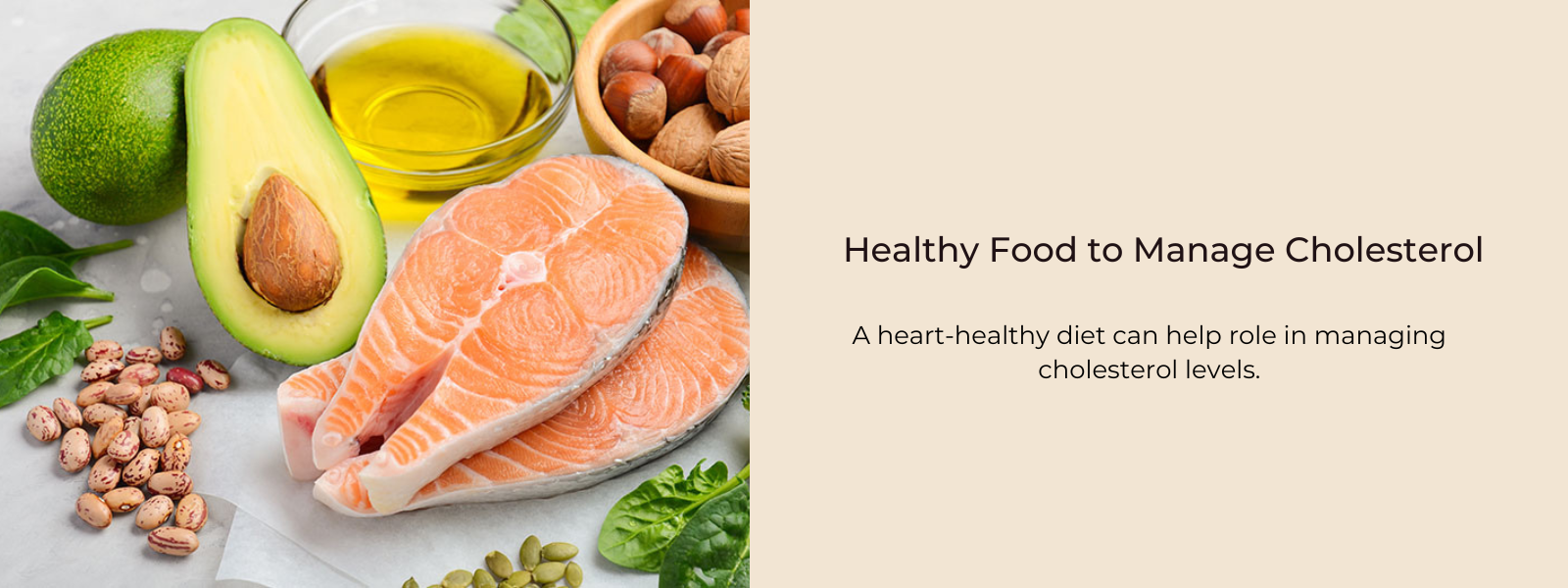
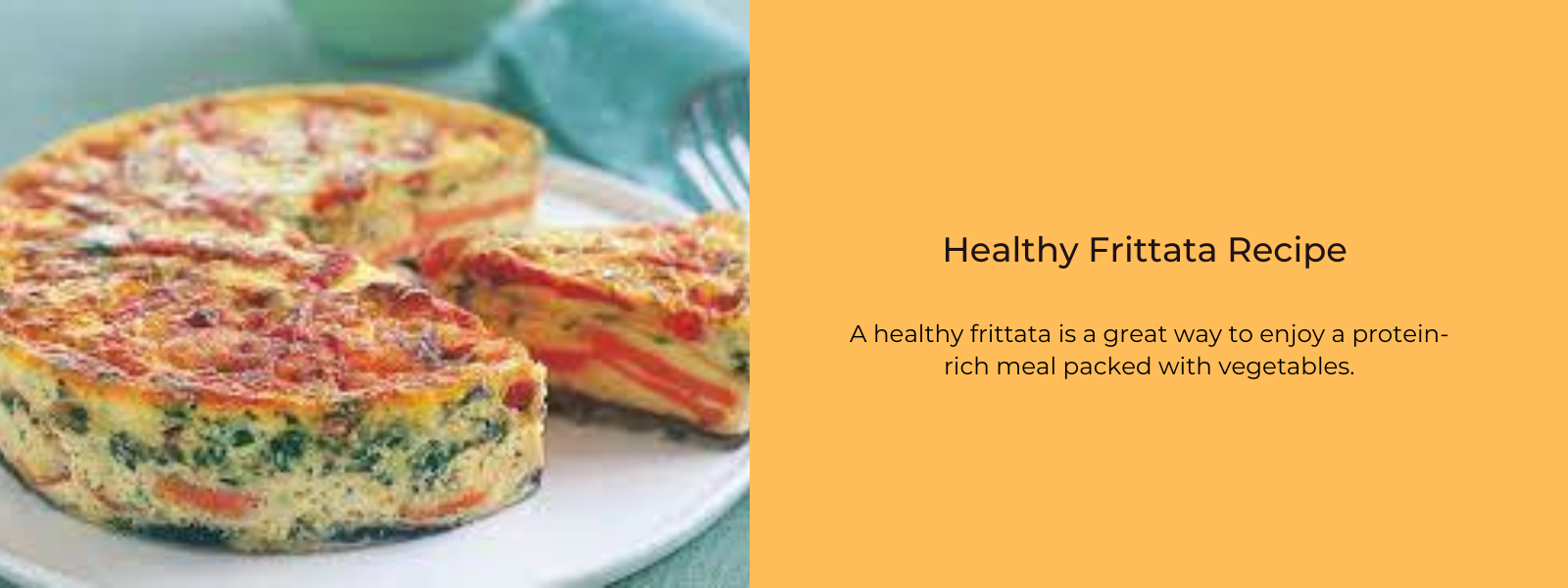
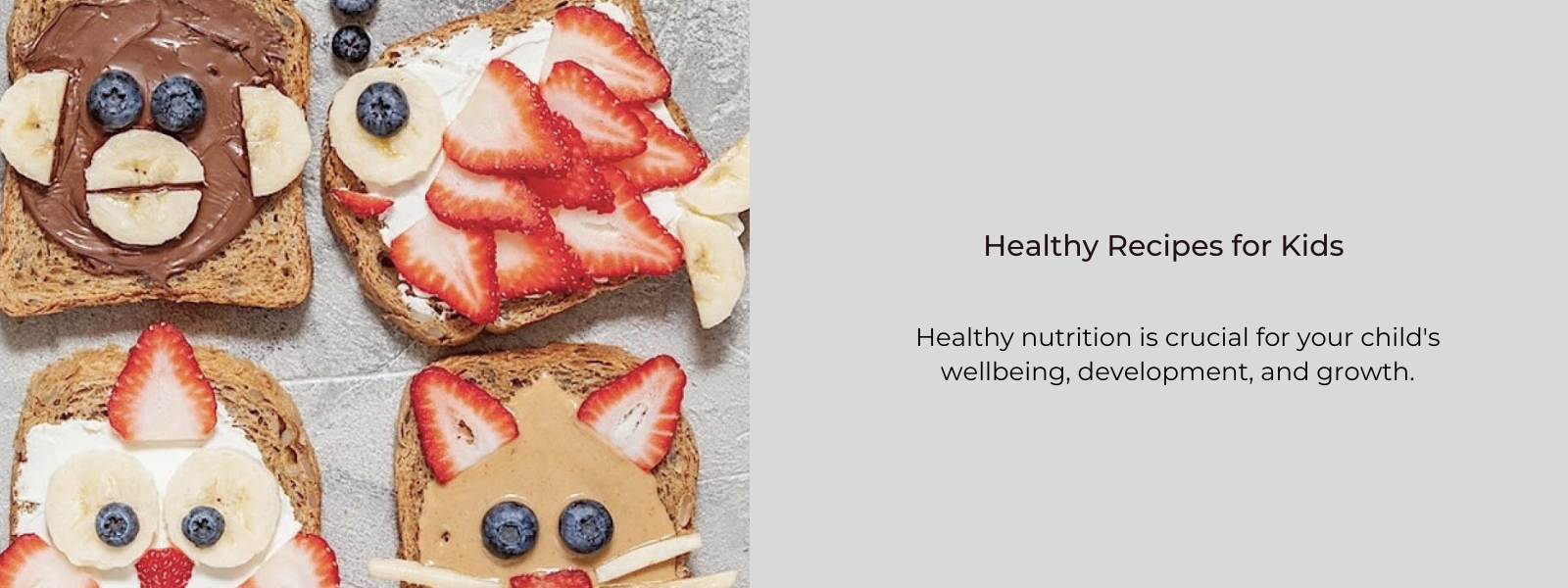
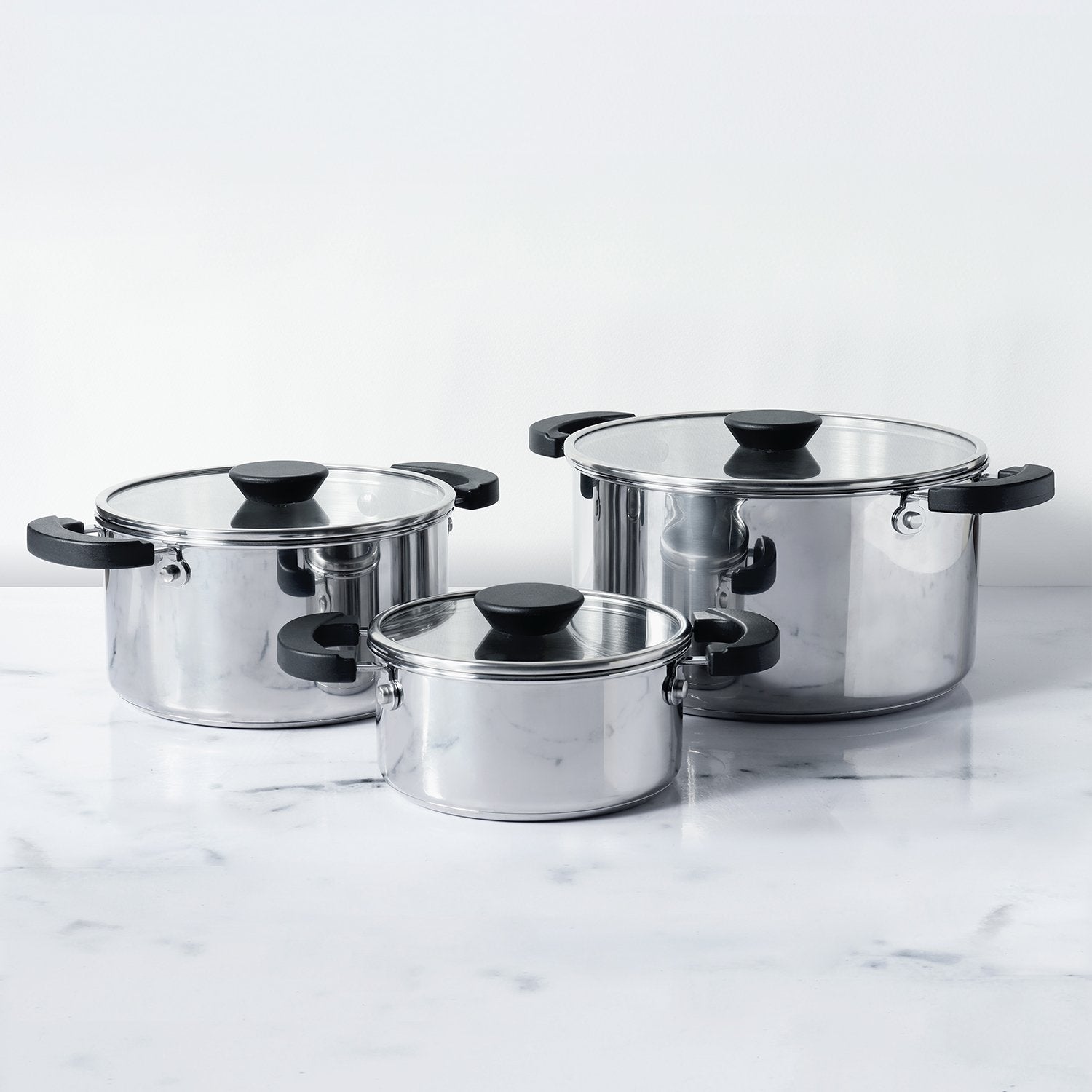
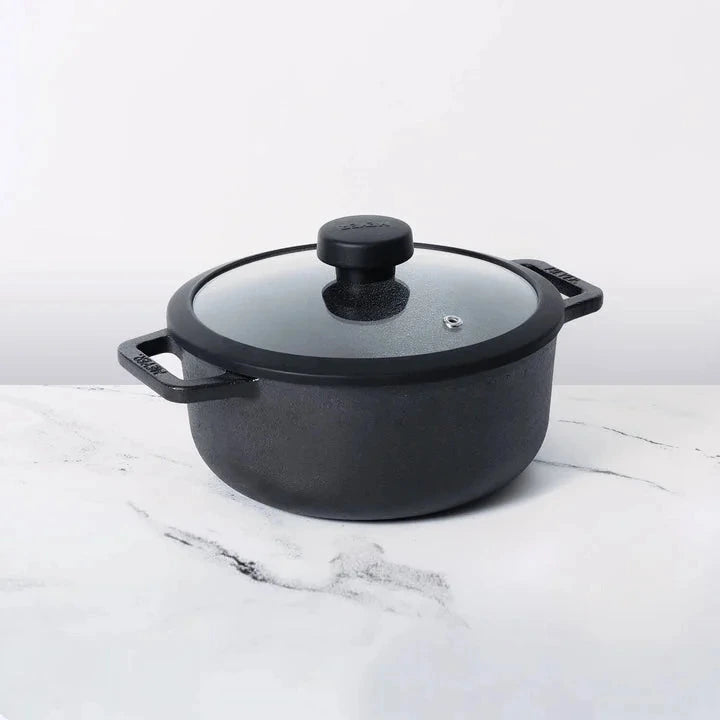




Leave a comment